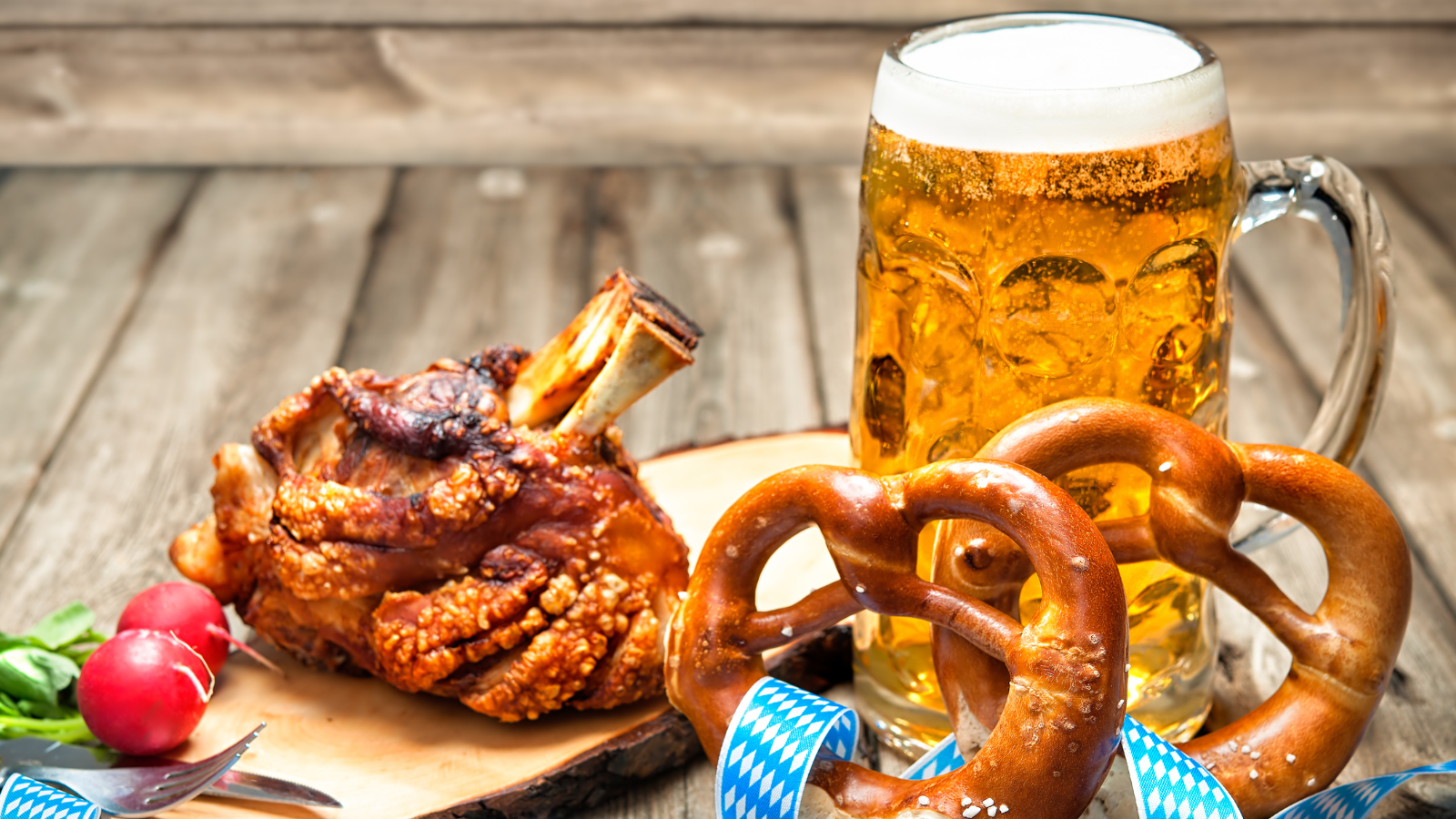
Why Fall Beer Styles Can Lead to a Spring in Profits
Seasonal beers have always been an important segment for brewers and for the restaurants and bars that serve their beers. According to the Brewers Association, nearly 20 percent of craft beer sales are comprised of seasonal offerings. And in the months between July and November, nearly 60 percent of those seasonal beers are sold.
This means we love our fall beers, and for restaurants that can consistently deliver great selections at the tap, it means more patrons. So how can operators maximize the profit potential of seasonal fall beers? Let's take a look at a few of the important ones.
Command Customer Interest
It all starts with driving demand and educating consumers on the availability of seasonal beers, and when it comes to seasonal beers, autumn and fall beers are the most important. Why? Fall seasonal beers are in high demand because they're closely linked with fall beer festivals like Oktoberfest, as well as the flavors that come with the season. The Great American Beer Festival even has an award category for best pumpkin beer.
Because these beers are seasonal, there's typically limited availability. The limited-time availability of fall seasonal beers can create a sense of urgency among customers. This scarcity mindset can lead patrons to visit restaurants or bars more frequently to enjoy these special offerings before they disappear. Repeat visits can lead to increased sales and improved profitability.
Develop In-House Strategies
Start with pricing. The premium pricing that can be applied to seasonal fall beers can contribute significantly to profitability. Customers are often willing to pay more for the experience of enjoying a special, seasonal beer. Restaurants and bars can adjust their pricing to reflect the exclusivity and unique flavors of these beers, thereby increasing the average check per customer and enhancing profitability.
Other in-house strategies can include promotions and events. As mentioned, fall beer festivals like Oktoberfest can create enormous consumer interest, and hosting events or promotions centered around fall seasonal beers can attract a larger customer base. Special events like beer tastings, pairing nights, or beer-focused festivals can generate buzz and increase foot traffic. These events provide opportunities for increased sales and can drive profitability during the fall season, which also happens to coincide with football season.
Finally, don't forget about food pairings. Fall seasonal beers can create excellent opportunities for upselling and food pairings. Craft beer pairing menus that match the flavors of these beers with complementary dishes can encourage customers to try multiple items on the menu, boosting overall sales. This approach not only enhances the dining experience but also contributes to the establishment's profitability.
Create an Infrastructure for Profits
Organizing walk-in coolers for kegs is pivotal in driving beer sales for bars, restaurants, and breweries. A well-organized cooler ensures that kegs are easily accessible, visible, and efficiently rotated, creating a seamless workflow for staff and a positive customer experience. Proper organization eliminates the time-consuming task of searching for specific kegs, enabling staff to serve customers promptly and maintain a steady flow of orders.
Additionally, when kegs are arranged based on their types, brands, and freshness, it becomes easier to manage inventory levels and ensure that popular choices are readily available. This organized approach not only optimizes operational efficiency but also enhances customer satisfaction, as patrons are more likely to return to an establishment that consistently offers a wide selection of fresh and well-chilled beers.
This is even more important when a steady flow of seasonal beers is added to the mix. Finding the right pumpkin ale before kickoff, or even more importantly, right in the middle of the game time rush, can be the difference between profits and lost sales.
Beer keg shelving should be configured to allow specific placement of all products, be it in kegs, cases, or individual bottles based on a customer's wants and needs. Dead storage areas decrease the storage capacity and don’t allow the operator to take advantage of a vendor's buying programs. Best practices within a walk-in beer cooler maximize storage space and create a safer work environment, and this makes for happier employees.

